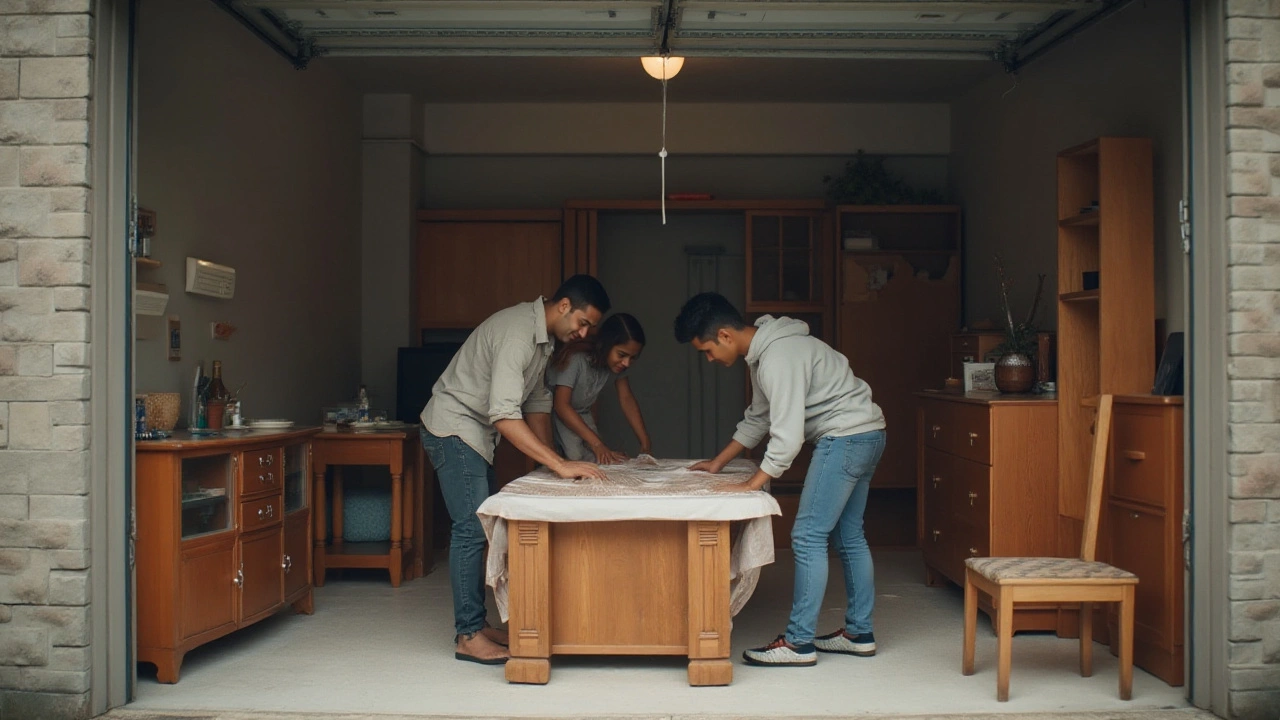Cold Garage Tips: Keep Your Space Warm and Organized
Got a garage that feels like a walk‑in freezer? You’re not alone. A cold garage can make early‑morning projects miserable and damage tools, paint, and electronics. The good news? Fixing it doesn’t require a full remodel. A handful of cheap fixes and smart habits can turn that icy box into a usable, comfortable space.
Insulation Made Easy
First thing’s first: stop the cold air from getting in. Most garage doors have a big, flat surface that leaks heat like a sieve. Slip a pre‑cut garage door insulation kit on the inside – it’s foam panels that you tape or staple in place. If you’re on a budget, a roll of Reflectix or even a thick moving blanket works in a pinch.
Next, seal the gaps. Check the edges where the door meets the floor and the walls. Foam weatherstripping strips are cheap and stick right on. Don’t forget the wall studs; a quick spray of expanding foam in any visible cracks will block drafts that creep in around pipes and wires.
Floor insulation often gets ignored, but it can make a big difference. Lay interlocking rubber tiles or foam mats before you park the car. They act as a barrier and keep moisture from seeping up from a cold concrete slab.
Smart Heating & Storage Hacks
If you need a quick warm‑up, a portable electric heater does the trick. Choose a model with a thermostat so you don’t waste electricity. Place it in the far corner, point it toward the workbench, and let the fan circulate the air. For a more permanent solution, consider a wall‑mounted infrared panel – they’re energy‑efficient and don’t take up floor space.
Don’t let the heat escape through the garage door’s windows. Simple acrylic or plastic panels can be cut to size and tucked into the frame. They’ll trap solar heat on sunny days and keep the space from getting too cold at night.
When it comes to storing items, grouping like‑materials together helps you keep the cold out. Store paint cans, electronics, and sensitive tools in sealed plastic bins with tight‑fitting lids. For larger items, use sturdy shelving units that keep everything off the floor and away from colder air that pools near the ground.Lastly, control humidity. Cold air holds less moisture, so condensation can form on metal surfaces and cause rust. A small dehumidifier or moisture‑absorbing silica packets placed on shelves will keep the air dry without needing a heater.
By combining cheap insulation, a bit of sealing, and smart heating, you can make your garage a comfortable extension of your home. No need to sacrifice space or spend a fortune – just apply these steps, and you’ll notice the difference the very next time you step inside.
Storing Furniture in a Cold Garage: Essential Tips and Tricks
Storing furniture in a cold garage can be quite challenging if not done properly. Fluctuations in temperature and moisture can significantly impact the integrity of furniture materials. Whether you're dealing with wood, metal, or fabric, understanding how these elements react to the cold is crucial. With the right precautions, you can protect your belongings and make the most of your garage space.





